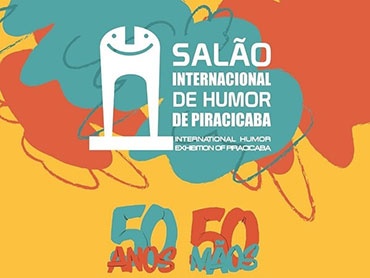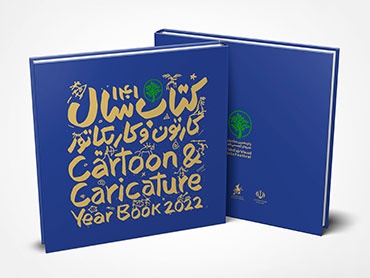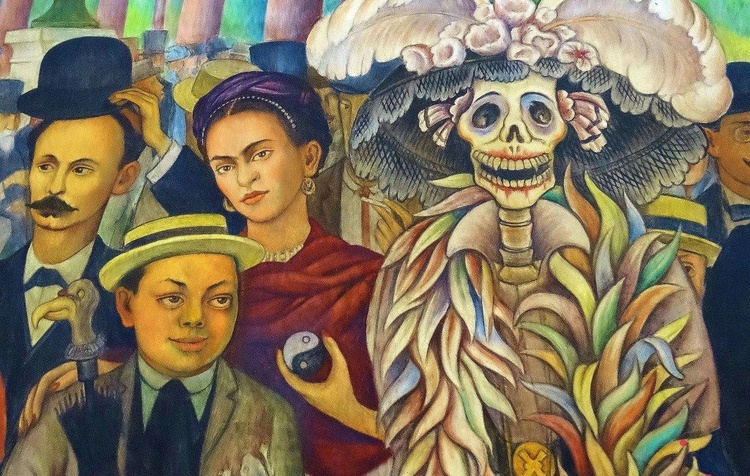
Mexican Painters Who Left Their Mark on Universal Art
Mexican art is a vibrant mosaic of color, history, passion, and revolution. In the 20th century, especially after the Mexican Revolution, an artistic movement emerged that sought not only to create beauty but also to define a national identity and serve as a powerful instrument of social critique. At the heart of this flourishing are figures whose works are recognized worldwide. This article explores the life and legacy of three of the most iconic Mexican painters: Diego Rivera, Frida Kahlo, and David Alfaro Siqueiros.
Diego Rivera: The Giant of Muralism
Diego Rivera is undoubtedly one of the pillars of the Mexican Muralist Movement. His monumental works, imbued with historical and political narrative, adorn some of Mexico's most important public buildings. Rivera possessed a masterful technique, influenced by his studies in Europe and the Italian Renaissance, but his subject matter was profoundly Mexican. Through his frescoes, such as the impressive ones in the National Palace in Mexico City and the Ministry of Public Education, Rivera told the story of Mexico, from pre-Hispanic civilizations to the class struggle and the lives of the working class. His realistic and monumental style not only beautified spaces but also transformed them into forums for education and social awareness.
Frida Kahlo: The Poetry of Pain and Identity
If Rivera painted the macro, the collective, Frida Kahlo turned her gaze toward the micro, the intimate. Her work is a heartbreaking and honest visual diary of her life. Affected by a serious accident and chronic health problems, Kahlo used self-portraiture to explore her identity, her physical and emotional pain, and her inner reality. Her style, often categorized as surrealist, although she denied it, is full of symbolism drawn from Mexican popular culture and nature. Paintings like "The Two Fridas" and "The Broken Column" are profound testimonies to her struggle, her strength, and her unique way of understanding the world. Today, Frida Kahlo is a global icon not only of art, but also of feminism and resilience.
David Alfaro Siqueiros: Muralism in Motion
Completing the "trinity" of Mexican muralism alongside Rivera and José Clemente Orozco, David Alfaro Siqueiros was an artist with a revolutionary spirit and a tireless experimenter. His art was intrinsically linked to his political activism. Siqueiros sought a public, dynamic, and modern art. To achieve this, he experimented with bold perspectives, dramatic compositions, and new materials like pyroxylin and industrial tools such as the airbrush. His work, such as "The March of Humanity" at the Polyforum Siqueiros, seeks to immerse the viewer in the scene, creating an overwhelming sensory experience. For Siqueiros, art was a weapon of struggle, a call to action to transform society.
Conclusion
Together, Rivera, Kahlo, and Siqueiros represent complementary facets of Mexican artistic genius. Rivera, the epic historian; Kahlo, the explorer of the soul; and Siqueiros, the experimental revolutionary. Through their brushes, they not only created immortal masterpieces but also helped shape the image of Mexico in the 20th century and continue to inspire generations of artists worldwide. Their legacy is a reminder of the power of art to tell stories, challenge conventions, and move us to our very core.
Latamarte
.

- December 19, 2025
Gallery of Scratchboard Illustration by Roger Xavier – USA
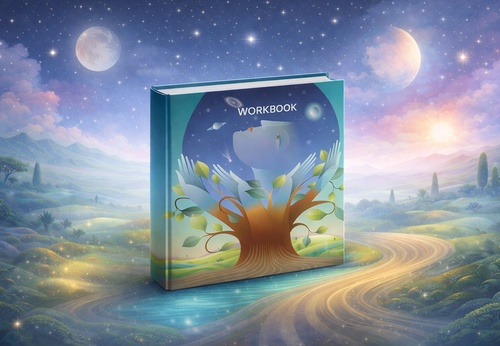
- December 19, 2025
WORKBOOK'S Directory of Illustration 2025

- December 18, 2025
Gaza and Winter



- December 18, 2025
Sebastian Domenech - Argentina

- December 18, 2025
Artistic Movements and Expressions of Resistance

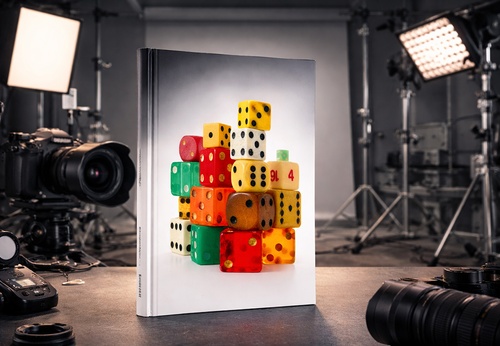
- December 17, 2025
AtEdge | Spring 2025

- December 18, 2025
Artistic Movements and Expressions of R…

- December 18, 2025
Art and Anti-Imperialism in Latin Ameri…

- December 17, 2025
Visual Art in El Salvador: Between Memo…

- December 17, 2025
Visual Art in Cuba: A Window to Identit…

- December 16, 2025
Visual Art in Colombia: Diversity, Memo…

- December 16, 2025
Visual Art in Venezuela: Modernity, Ide…

- December 15, 2025
Visual Art in Paraguay: Tradition, Memo…

- December 14, 2025
Visual Art in Chile: Memory, Critique, …

- December 14, 2025
Visual Art in Bolivia: Ancestry, Resist…

- December 13, 2025
Visual Art in Peru: Ancestral Tradition…

- December 13, 2025
Visual Art in Argentina: Identity, Memo…

- December 11, 2025
The Visual Arts in Mexico: Between Myth…

- December 11, 2025
Visual Arts in Argentina: A River of Id…

- December 10, 2025
The Power of Graffiti in Mexico: Identi…

- December 10, 2025
Pioneering Women of Latin American Art:…

- December 09, 2025
Mexican Muralism and Its Continental Im…

- December 08, 2025
Indigenous and Afro-descendant Art in t…

- December 08, 2025
Current Trends in Latin American Art at…

- December 07, 2025
The Role of Conceptual Art in Brazil, C…

- December 06, 2025
New Media: Video Art and Digital Art in…

- August 29, 2023
The history of Bolivian art

- February 19, 2024
Analysis and meaning of Van Gogh's Star…

- January 28, 2024
Culture and Art in Argentina

- September 25, 2023
What is the importance of art in human …

- September 23, 2023
What is paint?

- August 23, 2023
The 11 types of art and their meanings

- August 10, 2023
14 questions and answers about the art …

- September 23, 2023
Painting characteristics

- August 30, 2023
First artistic manifestations

- January 12, 2024
10 most beautiful statues and sculpture…

- September 23, 2023
History of painting

- March 26, 2024
The importance of technology in art1

- July 13, 2024
The impact of artificial intelligence o…

- March 26, 2024
Cultural identity and its impact on art…

- April 07, 2024
Graffiti in Latin American culture

- April 02, 2024
History visual arts in Brazil

- August 16, 2023
The 15 greatest painters in art history

- April 06, 2024
History of visual arts in Ecuador

- October 18, 2023
History of sculpture

- November 21, 2024
The Role of Visual Arts in Society

- February 19, 2024
Analysis and meaning of Van Gogh's Star…

- August 13, 2023
9 Latino painters and their great contr…

- August 23, 2023
The 11 types of art and their meanings

- August 10, 2023
14 questions and answers about the art …

- August 27, 2023
15 main works of Van Gogh

- August 29, 2023
The history of Bolivian art

- January 28, 2024
Culture and Art in Argentina

- November 06, 2023
5 Latin American artists and their works

- September 23, 2023
Painting characteristics

- September 23, 2023
What is paint?

- September 25, 2023
What is the importance of art in human …

- March 26, 2024
Cultural identity and its impact on art…

- August 30, 2023
First artistic manifestations

- December 18, 2023
10 iconic works by Oscar Niemeyer, geni…

- January 20, 2024
What is the relationship between art an…

- January 12, 2024
10 most beautiful statues and sculpture…

- August 24, 2023
The most famous image of Ernesto "Che" …

- October 30, 2023
Characteristics of Contemporary Art

- May 26, 2024
Técnicas de artes visuais

- August 22, 2023

